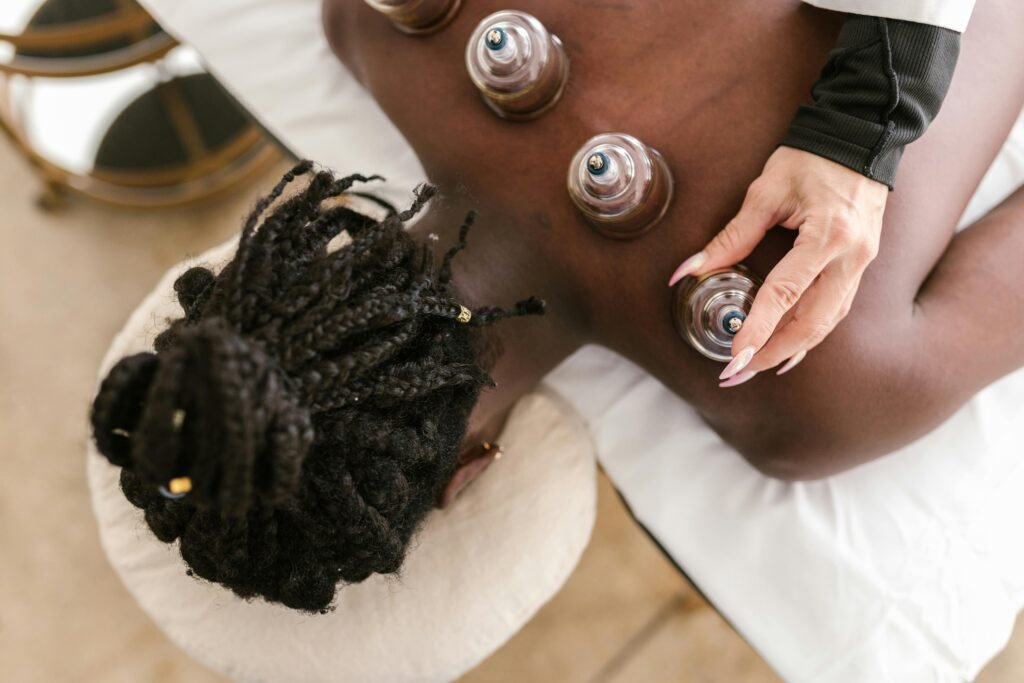Hijama, also known as cupping therapy, is a traditional healing practice that has gained popularity in recent years. It involves creating suction on the skin using cups, which is believed to improve blood circulation, reduce pain, and promote healing. While hijama can be a beneficial treatment for many, it’s important to take proper care of yourself both before and after the procedure to maximize its benefits and minimize any potential side effects.
Before Hijama Treatment
- Consult with a Healthcare Professional: Before undergoing hijama, it’s essential to consult with a qualified healthcare provider. They can assess your overall health, determine if hijama is suitable for you, and provide guidance on the procedure.
- Prepare Your Body: To prepare your body for hijama, consider the following:
- Hydration: Drink plenty of water to stay hydrated before the treatment.
- Nutrition: Eat a balanced diet to provide your body with essential nutrients.
- Rest: Get enough sleep to ensure your body is well-rested.
- Avoid Blood Thinners: If you’re taking blood thinners, consult with your doctor before undergoing hijama, as they may need to be adjusted temporarily.
- Inform Your Practitioner: Let your hijama practitioner know about any underlying health conditions, medications you’re taking, or allergies you have. This information will help them tailor the treatment to your specific needs.
During Hijama Treatment
- Relax and Breathe Deeply: During the hijama procedure, it’s important to remain relaxed and breathe deeply. This can help reduce anxiety and promote healing.
- Communicate with Your Practitioner: If you experience any discomfort or pain during the treatment, communicate with your practitioner. They can adjust the suction or the placement of the cups as needed.
After Hijama Treatment
- Rest and Hydration: After the hijama session, it’s recommended to rest and drink plenty of water to aid in recovery.
- Avoid Strenuous Activity: Avoid strenuous physical activity for at least 24 hours after the treatment.
- Monitor Your Body: Pay attention to your body and any changes you may experience. If you notice any unusual symptoms, consult with your healthcare provider.
- Follow Post-Treatment Instructions: Your hijama practitioner may provide specific instructions for aftercare. Follow these instructions carefully to promote healing and prevent complications.
Self-Care Tips for Hijama Recovery
- Skin Care: Treat the treated areas gently and avoid scrubbing or scratching. Use a mild cleanser and moisturizer to soothe the skin.
- Diet: Maintain a healthy diet rich in fruits, vegetables, and whole grains to support your body’s healing process.
- Stress Management: Practice stress management techniques, such as meditation, yoga, or deep breathing exercises. Stress can affect healing, so it’s important to manage it effectively.
- Avoid Alcohol and Caffeine: Limit your consumption of alcohol and caffeine, as they can dehydrate you and interfere with healing.
- Regular Follow-Up: Schedule regular follow-up appointments with your hijama practitioner to monitor your progress and address any concerns.
By following these guidelines and taking good care of yourself before and after hijama treatment, you can maximize the benefits of this traditional healing practice and promote optimal well-being.
Additional Tips for Self-Care Before and After Hijama Treatment
Preparing for Hijama at Home
If you’re planning to have hijama performed at home, take the following steps to prepare your environment:
- Cleanliness: Ensure that the area where the treatment will be performed is clean and sanitized.
- Comfort: Create a comfortable and relaxing atmosphere, such as by using soft pillows or blankets.
- Lighting: Have adequate lighting to allow your practitioner to see the treated areas clearly.
- Privacy: Ensure that you have privacy during the treatment.
Understanding Hijama Side Effects
While hijama is generally safe, it’s important to be aware of potential side effects:
- Bruising: It’s common to experience bruising at the treated areas. This is a normal part of the healing process.
- Mild Discomfort: Some individuals may experience mild discomfort or pain during or after the treatment.
- Bleeding: In some cases, there may be slight bleeding from the incisions made during wet cupping. This is usually minimal and stops on its own.
- Dizziness or Fainting: Occasionally, individuals may feel dizzy or faint after the treatment. This is often due to the release of toxins from the body.
If you experience any severe or unusual side effects, contact your healthcare provider immediately.
Hijama and Other Health Conditions
- Pregnancy: If you’re pregnant, consult with your healthcare provider before undergoing hijama. Some practitioners may advise against the treatment during pregnancy.
- Blood Disorders: Individuals with certain blood disorders, such as hemophilia, may need to avoid hijama.
- Skin Conditions: If you have any skin conditions, such as eczema or psoriasis, discuss them with your hijama practitioner before the treatment.
Combining Hijama with Other Therapies
Hijama can be combined with other complementary and alternative therapies, such as massage, acupuncture, or herbal remedies. However, it’s important to consult with a qualified healthcare professional to ensure that these therapies are safe and appropriate for you.
By following these additional tips and taking good care of yourself before and after hijama treatment, you can maximize the benefits of this traditional healing practice and promote optimal well-being.






More Stories
Find Your Balance: The Rise of Iyengar Yoga
Shop Gaspari Nutrition Online from Nutrishop
Trusted Nephrology Specialist in Chennai